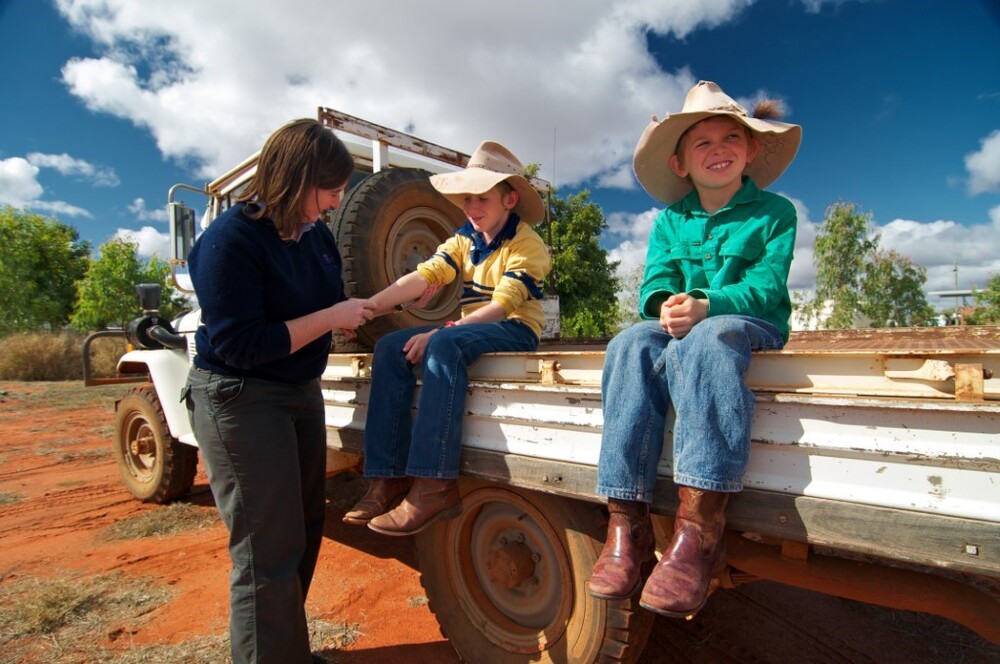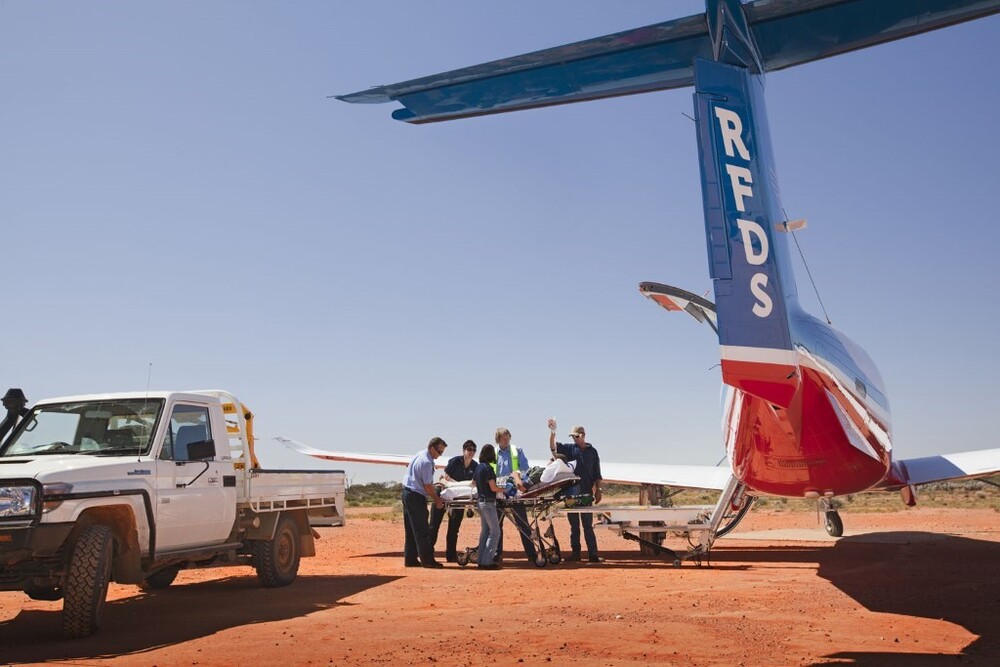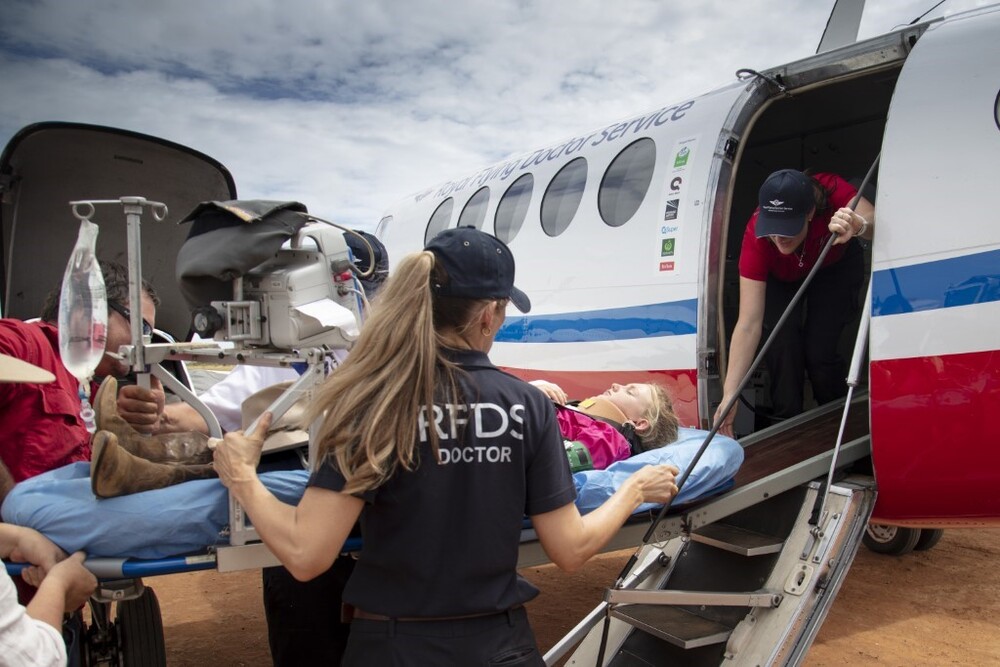RFDS report says heart, stroke and vascular disease high in rural/remote areas
Sharon Bonthuys
23 August 2023, 3:40 AM
 Going where many other organisations are simply unable to go – the RFDS.
Going where many other organisations are simply unable to go – the RFDS. Rural and remote residents overall in Australia are 1.4 times as likely to die from heart, stroke and or vascular disease than their urban counterparts, according to a new report by the Royal Flying Doctor Service (RFDS).
Released during National Stroke Week (August 7-13), the RFDS’ Best for the Bush (BFTB) “In Focus” report looks at the disproportional impacts of these illnesses for rural and remote Australians.
This follows the release of the organisation’s BFTB “Baseline” report in February 2023, which showed almost of a quarter of its 35,000 aeromedical retrievals annually were in response to heart, stroke and vascular disease events. In NSW, the RFDS operates bases in Broken Hill, Dubbo, Tamworth, Taree, Wollongong and Bankstown.
Access to primary health care is the key to reducing heart, stroke and vascular diseases in rural and remote communities, the RFDS says, with strong evidence to suggest that acute events are largely preventable, especially with early diagnosis and treatment.
“We know that access to adequate or comprehensive primary health care is poor in many parts of rural, and particularly remote, Australia,” said RFDS Federation Executive Director, Frank Quinlan.
“This impacts the prevention and management of heart, stroke and vascular disease for people living in these areas. [These] rates worsen by remoteness and socioeconomic status and most aeromedical retrievals for [these diseases have come] from areas without healthcare service provision, including lack of cardiac services and chronic disease management.”
Risk factors associated with heart, stroke and vascular disease include high blood pressure and cholesterol, poorer diets, lower rates of physical activity, obesity, tobacco smoking and alcohol intake, which have been found to occur at higher rates in rural and remote areas but can be effectively managed through primary healthcare initiatives, the RFDS says.

PHOTO: Primary health care is important for rural and remote communities.
Sobering Statistics
Key findings in the RFDS “In Focus” report include:
- More than 1.2 million people are living with heart, stroke and or vascular diseases, which contribute to a quarter of all deaths.
- Hospitalisation rates for heart, stroke and vascular disease were 1.4 times higher for remote and very remote populations.
- Ischaemic (or coronary) heart disease, is currently the leading cause of death in Australia, up to 10 times higher in rural and remote areas.
- Indigenous Australians, more than half of whom live outside major cities, experience heart, stroke and vascular disease at higher rates and at younger ages. Indigenous peoples were 1.8 times as likely to be hospitalised and 1.8 times as likely to die from heart, stroke and vascular disease as non-Indigenous Australians.
- Just three per cent of Australians from rural and remote areas who suffered a stroke received care in a specialist stroke unit in 2021, compared to 77 per cent of people who live in major cities.
- With the exception of nurses, the distribution of the primary healthcare workforce (per 100,000 head of population) is significantly lacking in rural and remote areas.

PHOTO: Access to primary health care is the key to reducing the impacts of disease on rural and remote residents, the RFDS says.
Action needed – now
The RFDS has recommended more equitable access to comprehensive primary healthcare services in rural and remote areas (including cardiac care), support for funding and service models for disease prevention and management in the rural and remote context, and better data collection and linkages to further understand the need in these areas.
“As this report recognises, ‘rural and remote communities need rural and remote solutions’ that are designed [together] with local communities to respond to need," Mr Quinlan said.
BELOW: Almost one quarter of aeromedical retrievals carried out by the RFDS are linked to stroke, heart or vascular disease according to a recently released report.





